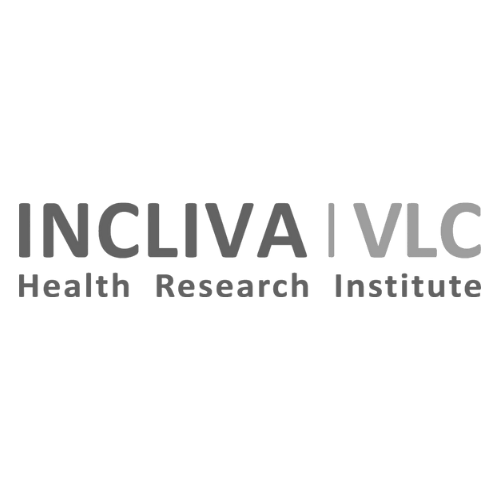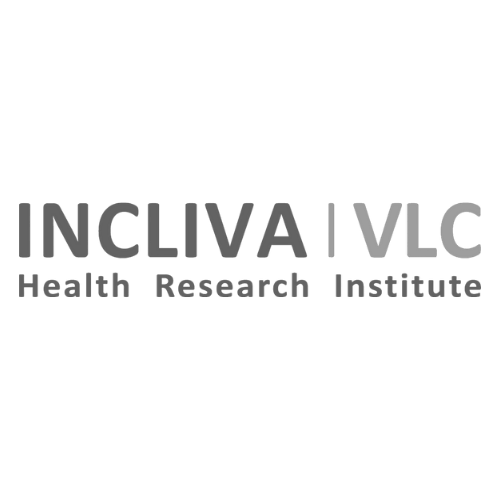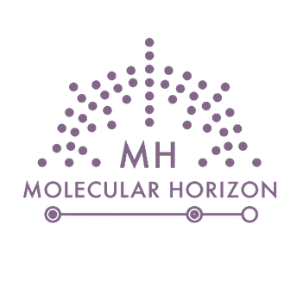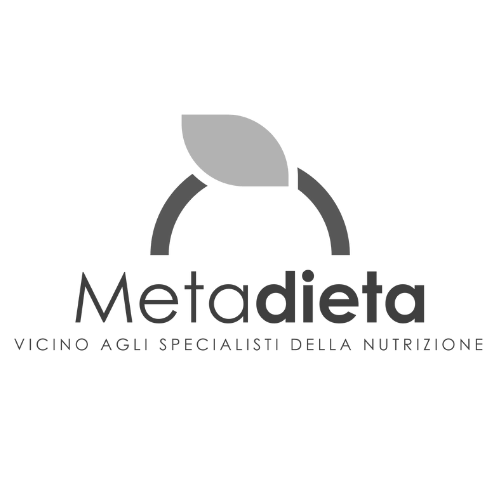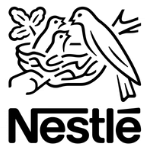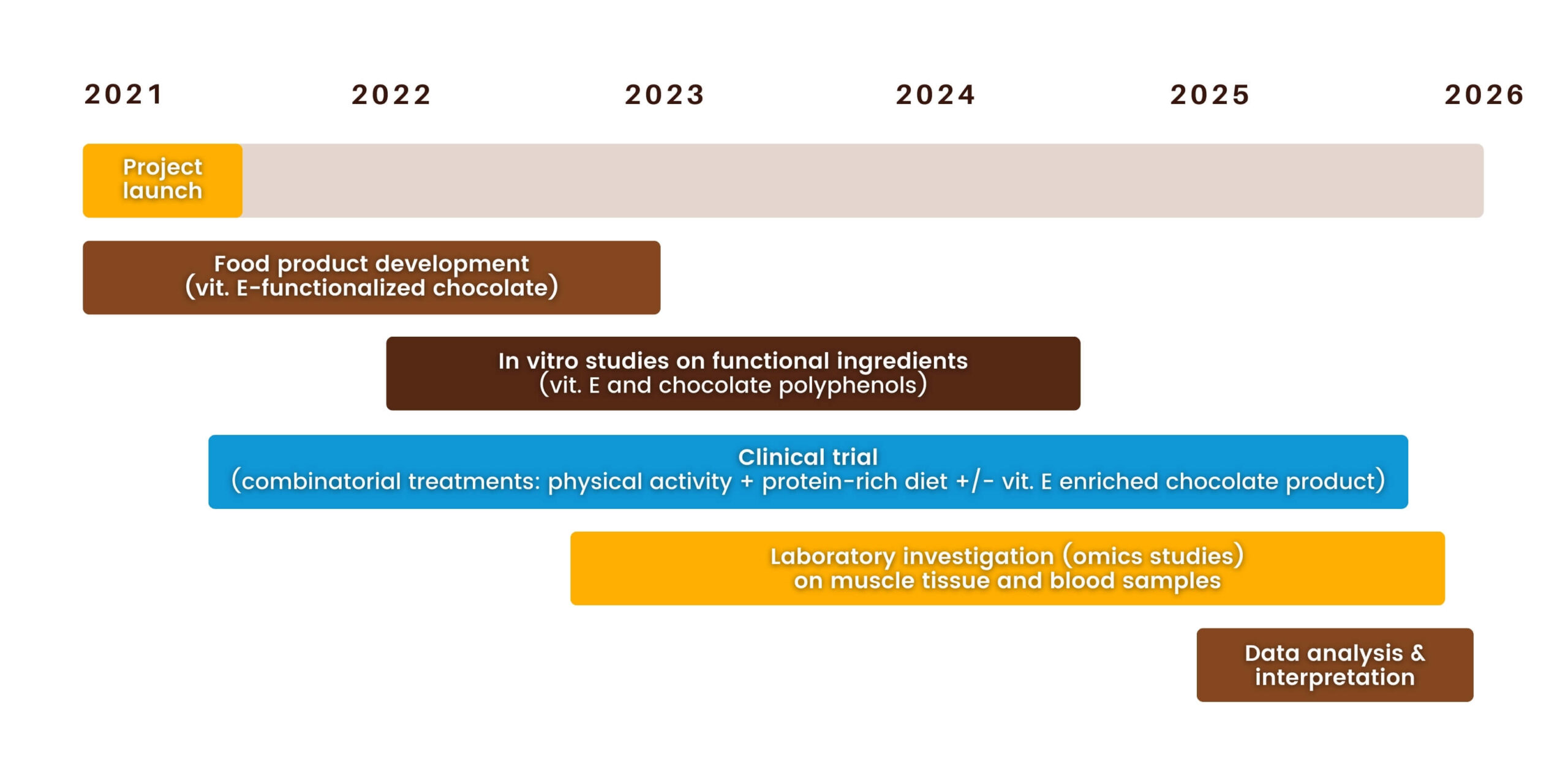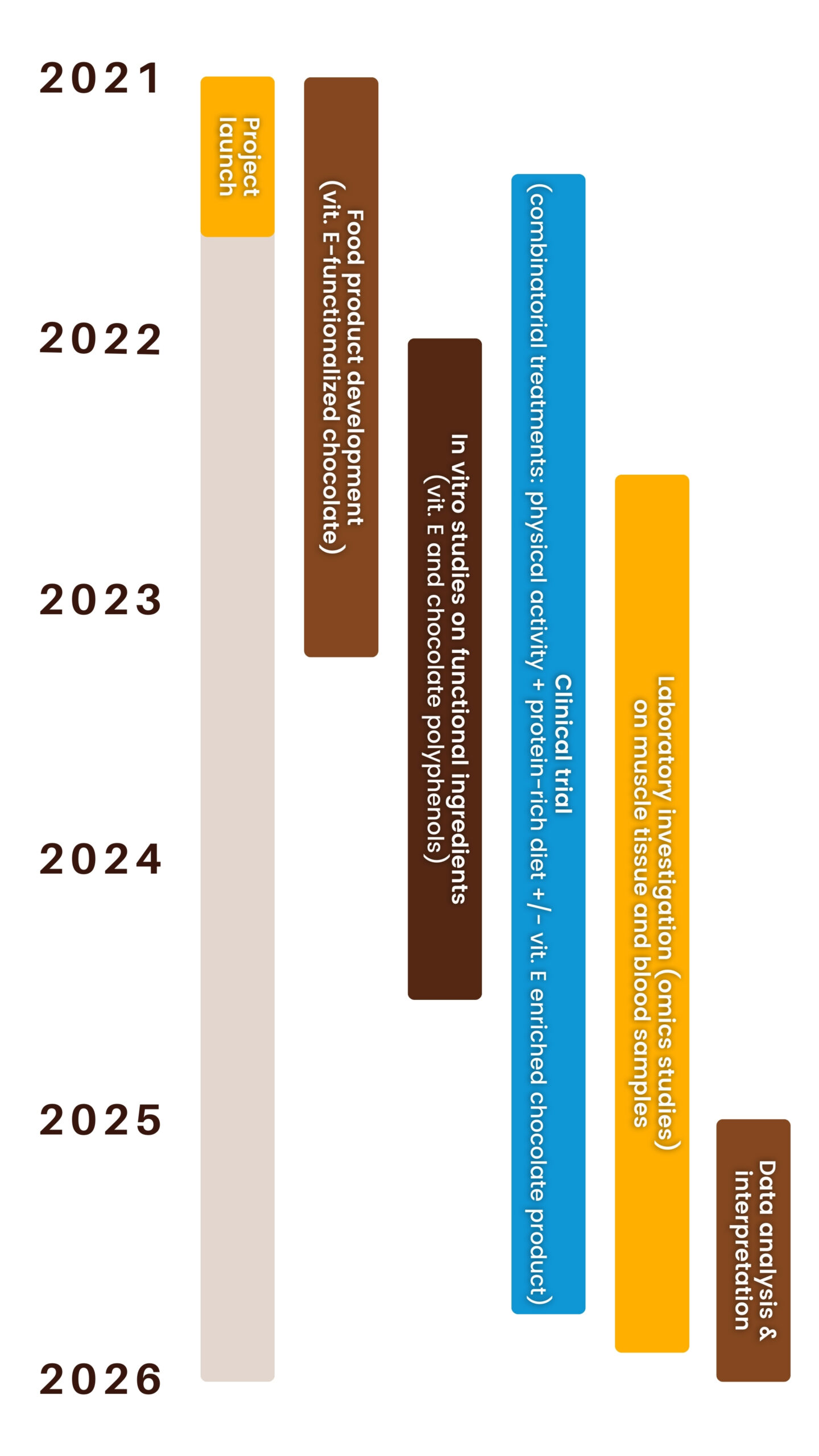Improving quality of life combining
optimal nutrition and physical exercise

Improving quality of life combining optimal nutrition and physical exercise

Choko-age is a scientific European project that aims to tackle the age- dependent malnutrition and the metabolic decline of tissues through combining the health-promoting effects of nutrition and physical exercise

The elderly are naturally vulnerable to muscle wasting due to lowered efficacy of metabolic processes and undernutrition. This may lead to a significant loss of muscle function and a general decline in the quality of life.
The latest
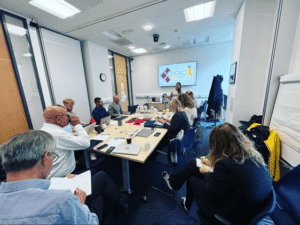
CHOKO-AGE Team meeting in Liverpool, UK
On September 18th and 19th, 2023, the Choko-Age team convened at the University of Liverpool, UK. The meeting served as an opportunity to provide updates
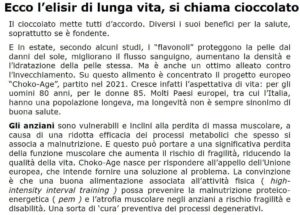
CHOKO-AGE on “Lavoce” newspaper
Lavoce, a local newspaper in Umbria, just reported about the Choko-Age project. The article in italian is free to read: https://lavoce-ita.newsmemory.com/?publink=1bb511995_134ac5d

CHOKO-AGE finalist in WHO’s global video contest
The University of Verona, Department of Neuroscience, Biomedicine and Movement, which is a member of the Choko-Age Consortium, applied few weeks ago to the WHO’s

CHOKO-AGE Team meeting in Liverpool, UK
On September 18th and 19th, 2023, the Choko-Age team convened at the University of Liverpool, UK. The meeting served as an opportunity to provide updates
Our latest publications
Choko-Age is a scientific research project. Read about our findings by clicking the button below and subscribe to our newsletter in order not to miss any new paper.
The project's team
Click the logo
to learn more
Gender balance
Gender
balance
My Example Heading
My Other Example Heading
No Data Found
Women
Men
Choko-Age values gender balance, with 23 women and 21 man working togheter for the same goal.
Age balance
Age
balance
My Example Heading
My Other Example Heading
No Data Found
20-35
35-50
50-65
While young people bring new ideas, older ones offer valuable experience. Having a good balance is essential. This is why professionals of all ages work at Choko-Age.
Equal benefit
The CHOKO-AGE consortium fully supports the idea that women and men should benefit equally from advances in science and technology, and that all people should be given an equal opportunity in science education and a scientific career. Specifically, CHOKO-AGE does not address any scientific/medical issue that specifically deals with gender or sex (it is not gender relevant). The CHOKO-AGE management will guarantee that needs and expectations between men and women will be equally considered, including the configuration of research groups and boards, focus groups and during the final validation. Within the consortium women have an equal share of responsibility on the different boards and research teams.
Funding
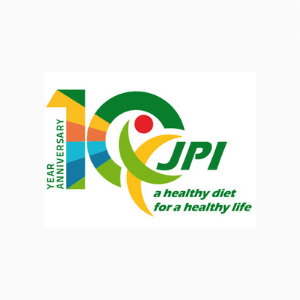
The Joint Programming Initiative a Healthy Diet for a Healthy Life (JPI HDHL)
Over 2 billion people in this world are overweight and the associated costs are 1.2 trillion dollar per year. At the same time, the population in many countries is ageing, which increases the incidence of malnutrition. This leads to underweight and micro deficiencies. lf no action is taken, diet-related diseases are expected to increase rapidly in the next decade, stretching health systems to the breaking point. In the JPI HDHL, 20 countries from within and outside of Europe are working on a programmed approach to align national R&I strategies and to fund new research, in order to facilitate true understanding of the relationship between diet, physical activity and health.
call for proposals
The aim of this call is to support transnational and transdisciplinary research projects that will improve the prevention of undernutrition in older adults. Proposals should focus on one or both of the following topics:
- Improved understanding of how the balance between nutrition, lifestyle and physical exercise can prevent undernutrition. The studies should focus on the underlying biological mechanisms of the bioavailability, assimilation and metabolism of the macro- and/or micronutrients in food or food products and show how lifestyle and physical activity could modify these processes.
- Development of innovative food products. The developed product should be based on new research on metabolism, on macro- and/or micronutrient bioavailability and absorption in older adults.
ERA-HDHL
ERA-HDHL is the first ERA-NET Cofund of the JPI-HDHL. It aims to provide a robust platform for implementing Joint Funding Actions that address the research challenges that are identified and described in the Strategic Research Agenda and Implementation Plans of JPI HDHL. ERA-HDHL objectives are also to improve coordination and reduce the overlap between national and EU funding in relevant fields of research, achieve a critical mass and ensure better use of limited resources in fields of mutual interests.
Total funding received:
1.068.632 €
Project roadmap
Mid-term update video 🇬🇧
Aggiornamento intermedio 🇮🇹
The Choko-Age project
Combining vitamin E-functionalized CHOcolate with physical exercise to reduce the risKOf protein-energy malnutrition in pre-dementia AGEd people
The problem

The risk of protein-energy malnutrition (PEM) and muscle wasting increases with the age. In the elderly, these factors may lead to develop disabilities and frailty.
Undernutrition often combines with sedentary life styles in the aged to sustain PEM. Comorbidity also contributes a role, with dementia representing a major risk factor for the development of PEM and frailty.
However, the aging process per se alters the function of endocrine factors (hormones) with important role in nutrient utilization and cell metabolism regulation. These include: 1) insulin, that help the muscle and other tissues, such as the adipose and liver, to utilize the nutrients (mainly glucose) introduced with the diet; 2) cortisol, a steroidal hormone with important role in the control of tissue metabolism and immune function under stress conditions.
Nutrients are important to supply energy to muscle cells for contraction and to restore the muscle mass from the physiological loss of amino acids occurring during either the resting metabolism or physical exercise. These compensatory effects of dietary nutrients are even more important when the demand of energy and metabolic substrates is increased by the effect of lesions and degenerative processes associated with ailments, or in case of intense exercise (such as in sport athletes), exposure to physical and mechanical stresses, xenobiotics, drugs, etc.
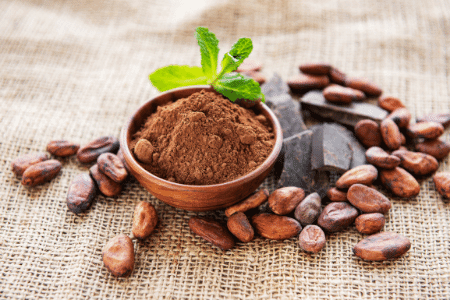
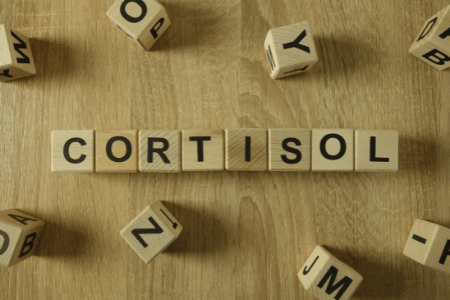
Cortisol is a steroidal hormone produced in the adrenals. It induces a series of compensatory responses to either environmental or endogenous stressors. In the acute stress response, it counteracts the insulin function, to increase the availability of blood glucose to support the energy expenditure of tissues involved in the stress response. They include, for example, the bone marrow that synthesizes new blood cells (immune cells and red blood cells) to compensate for their loos in case of lesions and infections. A prolonged exposure to sustained cortisol secretion occurs during chronic stress conditions and the same chronic process is observed in the aged. As the age increases, average cortisol levels tend to increase during the different phases of the day. This provides a major obstacle for the hormone insulin to promote glucose uptake in tissues, a condition known as “insulin resistance”. This obstacle to insulin function is the underlying event of metabolic syndrome and diabetes.
In the liver and muscle tissues, insuline resistance and the lowered availability of glucose-derived energy are potent stimuli to utilize proteins (or better their amino acids) as an alternative source of energy throughout the gluconeogenesis pathway; in other words, the paucity of cellular glucose of insulin-resistant cells, is compensated producing glucose by means of a de novo biosynthesis pathway, i.e. starting from non-carbohydrate substrates (i.e. gluconeogenetic amino acids). The gluconeogenetic pathway is particularly active in the liver in case of insulin resistance, but its effects sustain protein catabolism mainly in the muscle tissue that is a reserve of amino acids for the organism. This is the actual cause of muscle wasting in PEM, a compensatory process sustained by the chronic effects of cortisol function. The mimics starvation, but only on an endocrine base (i.e. individuals are not actually exposed to food restriction, but they develop malnutrition by the effect of an impaired utilization of nutrients and consequent interorgan compensation of the insulin function and energy metabolism defect).
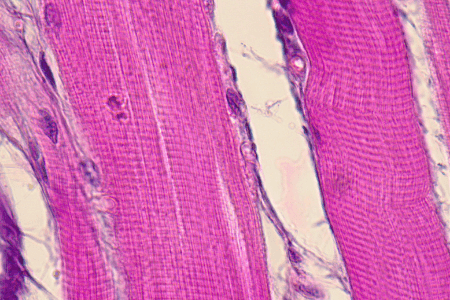

The catabolic process resulting from the chronic interaction between cortisol and insulin functions, preferentially involves the muscle tissue, leaving the energy reserve of the adipose (i.e. the fat store made of triglycerides) largely unaffected, especially in the visceral depot. As a consequence, it is not infrequent to observe visceral obesity and metabolic symptoms of insulin resistance (impaired fast blood glucose or even diabetes) in association with reduced muscle mass (secondary muscle atrophy or metabolic sarcopenia) in the elderly.
A decreased biosynthesis and function of mitochondria is observed in the aging process of muscle tissue. This may sustain PEM leading to impaired energy balance and oxidative stress. The mitochondria are the power supplying organelles of the muscle cell, but at the same time they represent a major site for molecular oxygen activation that occurs during the respiration process for ATP production. In the aging muscle, mitochondrial damage is increased and it is believed to cause the leakage of superoxide anion and thus the formation of an excess of hydrogen peroxide into the cell body. These are “reactive oxygen species” (ROS) acting as potent electrophiles capable to damaging cell components and to interfere with physiological processes, including the redox modulation of signal transduction and transcriptional proteins, the antioxidant protection of unsaturated lipids on the cellular membranes, including both the mitochondrial membrane and the plasmalemma, and nucleic acid protection and repair mechanisms.


The lipid peroxidation of polyunsaturated fatty acids (PUFAs) esterified to membrane phospholipids is a major event in muscle cell damage as well as in the activation of catabolic pathways of muscle wasting. Peroxidation of arachidonic acid residues results in membrane phospholipase activation and increased formation of inflammatory eicosanoids by the activity of cellular oxidoreductases; at the same time, the free radical-mediated damage of PUFAs generates byproducts that react with muscle proteins interfering with both their structural and functional properties, leading to increased protein turnover and increased activation of autophagy, mitophagy and cell death programs. All these processes deriving from the cellular oxidative stress and lipid peroxidation, ultimately sustain protein catabolism and the loss of muscle mass.
The Solution
The CHOKO-AGE project starts from the assumption that optimal nutrition and physical exercise can synergize to prevent protein-energy malnutrition (PEM) and muscle wasting in the elderly at risk of frailty.
How the CHOKO-AGE intervention program faces the problem of cortisol in age-dependent PEM?
How the CHOKO-AGE intervention program faces the problem of cortisol in age-dependent PEM?
What physical exercise and chocolate polyphenols have in common could be difficult to say, at least at first glance. Scientists however have consistently demonstrated that both these two strategic components in the CHOKO-Age project, produce a cortisol lowering effect with consequent improvement of metabolic and neurological processes. These pieces of evidence suggest that physical exercise and chocolate rich in polyphenols could be utilized in combinatorial treatments to tackle the problem of increased cortisol secretion and muscle catabolism in the elderly.
Again, a better control of cortisol levels improves the immune function and inflammatory parameters in the elderly, also affecting in a positive way the nervous system and cognitive functions.

May we prevent mitochondrial damage and oxidative stress of muscle cells in the elderly?
May we prevent mitochondrial damage and oxidative stress of muscle cells in the elderly?
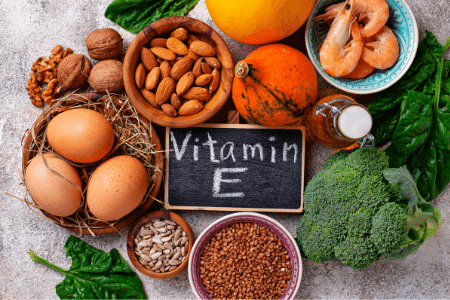
Vitamin E (alpha-tocopherol) is a fat-soluble micronutrient vitamin with antioxidant and cytoprotection function. It is abundant in seeds, nuts and edible oils and it is also the most common antioxidant and lipid preservative utilized in food products as well as in cosmetics and drug industry.
Vitamin E is the physiological antioxidant of PUFAs on the cell membrane and this function holds potential to prevent at least some of the the age-dependent damage of tissues. This may include the decline of mitochondrial function and nutrient metabolism in skeletal muscle cells as well as in other cellular components of the muscle tissue, such as motoneurons, stem cells and resident immune cells. Positive effects of the antioxidant vitamin E are also expected on peripheral blood immune cells and in the homeostatic control of inflammatory pathways and repair mechanisms of tissues, which are all under the influence of the aging process.
The CHOKO-AGE
intervention program
The CHOKO-AGE intervention program will test the hypothesis that the cortisol lowering effects of the superfood chocolate and physical exercise can synergize and combine with the antioxidant and cytoprotection function of vitamin E, to slower the progression of PEM in the elderly at risk of frailty.
To test this hypothesis, a vitamin E-functionalized dark chocolate rich in polyphenols will be developed during the project in collaboration with Perugina, Nestlè company, and its effects will be investigated combined with a high-intensity interval physical training program in a 6-month randomized case-control trial in elderly dementia patients.


Preservation of muscle mass will be the primary endpoint of this intervention study. Other end-points will include metabolomics and proteomics data on muscle tissue, cortisol levels and clinical and laboratory indices of neurological and immuno-inflammatory function. The latter will be important to interpret the molecular and mechanistic aspects that stand behind the response to nutrition and physical activity treatment.
Physical activity is a non-pharmacological treatment with great potential to attenuate the cognitive decline in healthy elderly in patients with Mild Cognitive Impairment and severe dementia. Importantly, exercise training may preferably be undertaken as high aerobic intensity (85-95% of maximal heart rate) intervals, as this yields superior effects on the cardiovascular system compared with exercise of moderate or low intensity. High intensity interval training has successfully been applied in older individuals, and in frail populations.

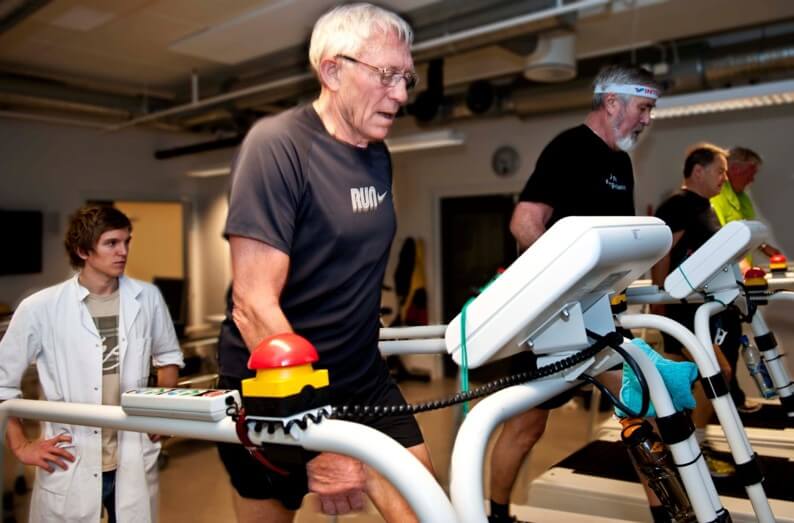
The CHOKO-AGE exercise intervention will consist of a high-intensity interval training in a 6-month randomized case-control trial in elderly dementia patients.





